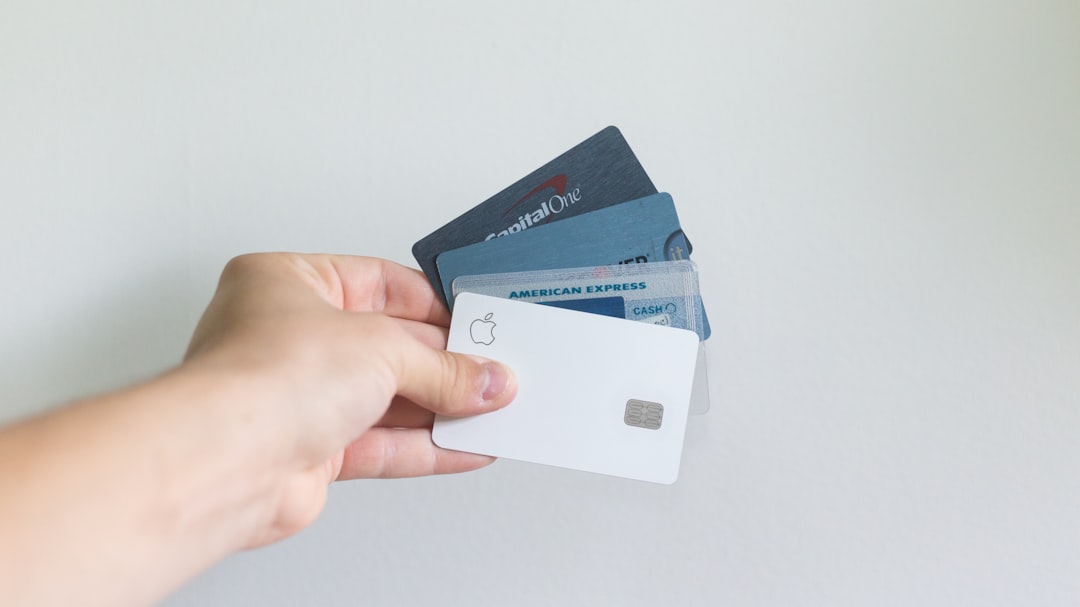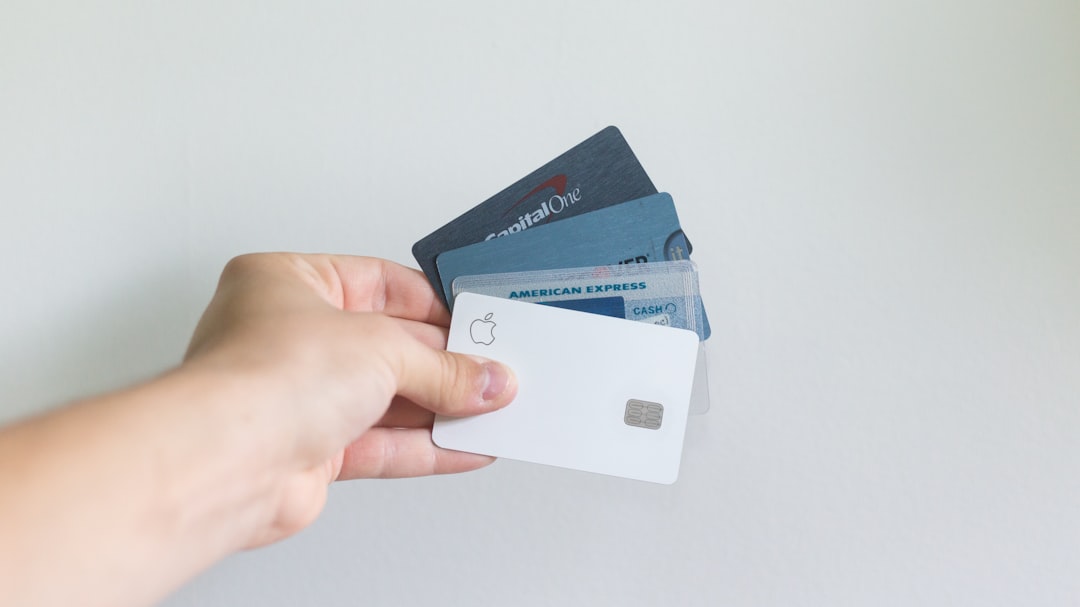Personal Loan Consolidation simplifies managing multiple high-interest debts by combining them into a single loan with potentially lower rates. This approach reduces stress, saves time, and improves credit scores. Individuals can choose from unsecured, secured, or balance transfer cards for consolidation. The straightforward process involves gathering financial info, determining eligibility, and paying off eligible debts. To maximize benefits, create a budget, allocate extra funds towards debt repayment, boost retirement contributions, regularly review expenses, and build an emergency fund to avoid future debt accumulation.
Struggling with multiple high-interest loans and credit card debts? Personal Loan Consolidation could be your path to financial freedom. This comprehensive guide explores how combining your debts into a single loan can simplify repayment, lower interest rates, and save you money. We’ll delve into the benefits, different loan types, application process, and post-consolidation strategies to help you make an informed decision and take control of your finances.
- Understanding Personal Loan Consolidation: A Comprehensive Overview
- Benefits of Consolidating Debts with a Single Loan
- Types of Loans for Credit Card Repayment and Consolidation
- The Process: Applying for and Managing Consolidated Loans
- Strategies to Optimize Your Financial Future After Loan Consolidation
Understanding Personal Loan Consolidation: A Comprehensive Overview

Personal Loan consolidation is a strategic financial move that simplifies and streamlines multiple debt obligations into one comprehensive loan. It’s an effective way to manage various high-interest debts, such as credit card balances and personal loans, by combining them into a single payment with potentially lower interest rates. This process offers several advantages: reduced stress from managing numerous payments, the convenience of having just one loan to track, and the potential for significant savings on interest charges over time.
When considering consolidation, individuals often look to obtain a new loan with a lower interest rate than their existing debts. This new loan is then used to pay off the previous loans, effectively consolidating them. It’s crucial to evaluate various factors before consolidation, including credit score, current debt amounts, and the terms offered by lenders. A thorough understanding of these elements ensures that individuals make informed decisions that align with their financial goals and lead to better long-term management of their debts.
Benefits of Consolidating Debts with a Single Loan

Debt consolidation is a powerful strategy that offers several advantages, especially when it comes to managing multiple loans and credit card debts. By consolidating your debts into a single loan, you gain clarity and control over your finances. No longer do you have to juggle multiple repayment schedules; instead, you make one monthly payment, simplifying the process. This approach can significantly reduce stress and save time, as managing just one loan is far easier than keeping track of several.
One of the key benefits is lower interest rates. When you consolidate your debts, lenders often offer more competitive rates since it reduces their risk perception. This results in long-term savings, as a lower interest rate means less money spent on interest charges over the life of the loan. Additionally, consolidating can improve your credit score, providing a fresh start and making future borrowing more accessible.
Types of Loans for Credit Card Repayment and Consolidation

When considering Personal Loan Consolidation for credit card repayment, several loan types offer viable solutions. These include unsecured loans, secured loans, and balance transfer cards. Unsecured personal loans are a popular choice as they don’t require collateral, making them accessible to many borrowers. This type of loan is often used for consolidation due to its simplicity and competitive interest rates. Secured loans, on the other hand, demand a form of collateral, usually an asset like a car or property, but they tend to offer lower interest rates, which can save money in the long run.
Balance transfer cards are also worth mentioning as a strategic tool for credit card repayment consolidation. These cards often feature low-interest periods, allowing borrowers to transfer existing credit card balances and pay them off over time with reduced interest charges. This approach can be particularly beneficial when combined with a personal loan consolidation strategy, providing a structured plan to eliminate high-interest debt efficiently.
The Process: Applying for and Managing Consolidated Loans

Applying for a personal loan consolidation is a straightforward process that can significantly simplify your repayment journey. It involves gathering your financial information, including details of your existing loans and credit cards. This data is used to determine your eligibility for consolidation and the terms offered, such as interest rates and loan amounts. Once approved, the lender will disburse the consolidated amount, typically in a single payment. This fund is then used to pay off all your eligible debts, effectively merging multiple payments into one manageable repayment stream.
Managing a consolidated loan requires discipline and careful planning. Borrowers must make regular payments as agreed upon in the loan terms. Failure to do so can result in penalties, late fees, or even default, which can negatively impact credit scores. Many lenders offer online banking platforms and mobile apps for convenient payment tracking and management. Additionally, understanding the new interest rate and repayment schedule is crucial, as consolidating debts doesn’t always mean paying less over time. Effective budgeting and timely payments are key to ensuring this financial strategy yields the desired debt-relief benefits.
Strategies to Optimize Your Financial Future After Loan Consolidation

After successfully consolidating your personal loans and credit card debts into a single loan, it’s crucial to implement strategies that optimize your financial future. The first step is to create a robust budget that tracks all income and expenses. This provides a clear picture of where your money goes each month, enabling you to identify areas for potential savings. By allocating more funds towards debt repayment, especially the new consolidated loan, you can significantly reduce interest payments over time.
Additionally, consider increasing your monthly contributions to retirement accounts, such as 401(k)s or IRAs, to take advantage of tax benefits and long-term growth opportunities. Regularly reviewing and adjusting your budget ensures that you stay on track with financial goals. Moreover, building an emergency fund can provide a safety net for unexpected expenses, reducing the likelihood of future debt accumulation.
Personal Loan Consolidation offers a strategic approach to managing debt, providing a clear path to financial freedom. By consolidating multiple debts into a single loan, individuals can simplify their repayment process, reduce interest rates, and gain better control over their finances. This article has explored the benefits, loan types, application process, and post-consolidation strategies, empowering readers to make informed decisions. Embracing Personal Loan Consolidation as a financial tool can be a game-changer, allowing you to transform your debt burden into a manageable, and eventually, debt-free future.
